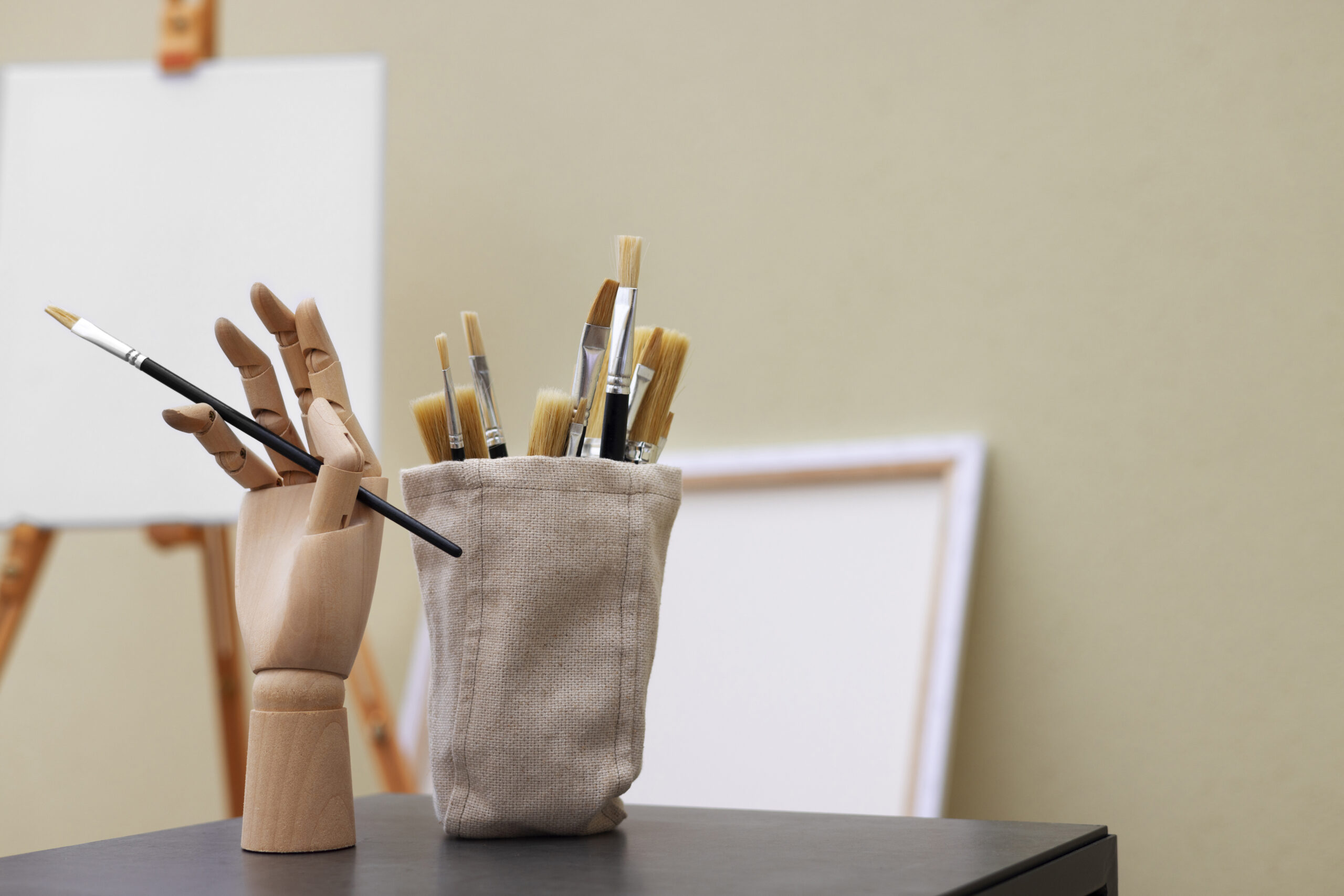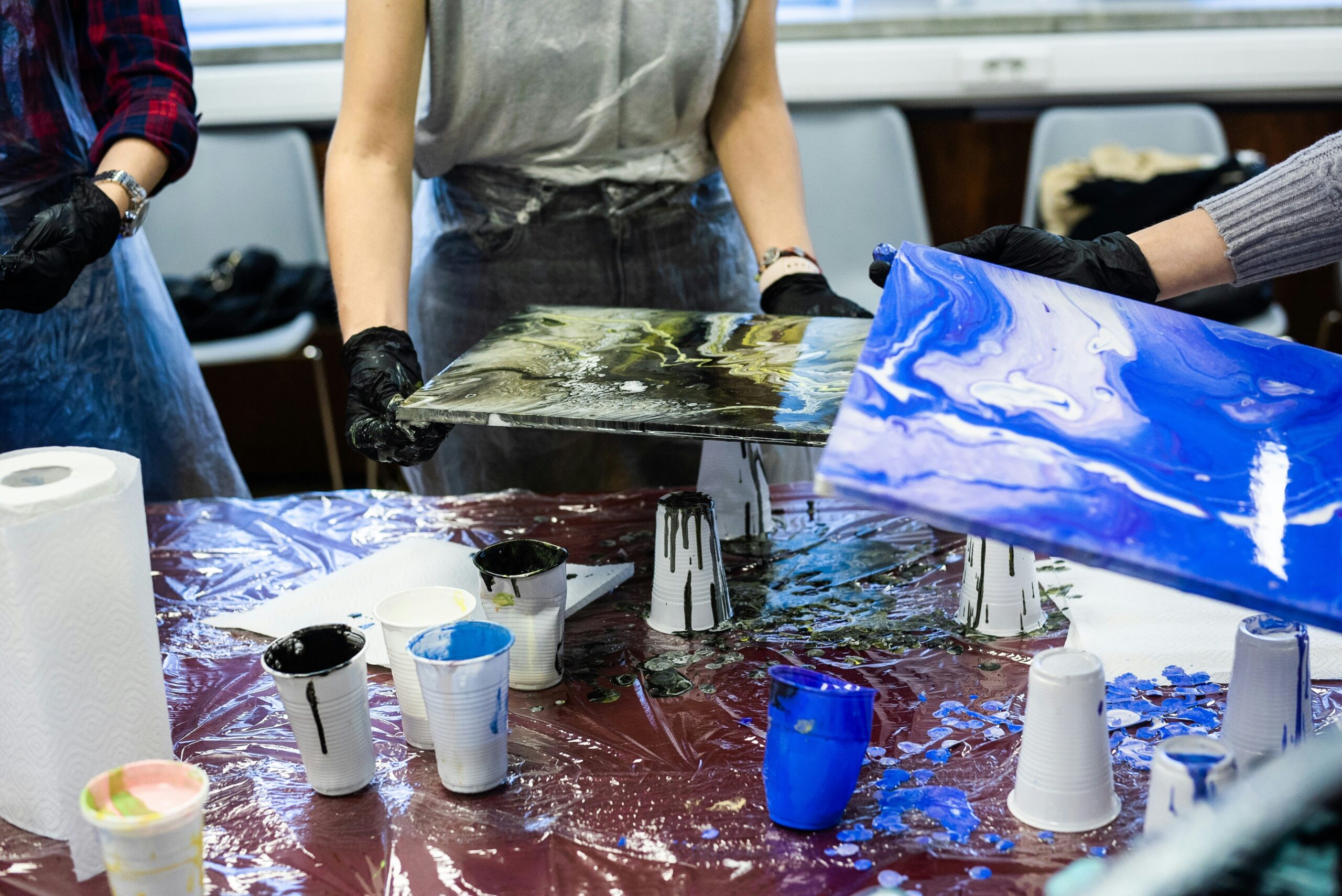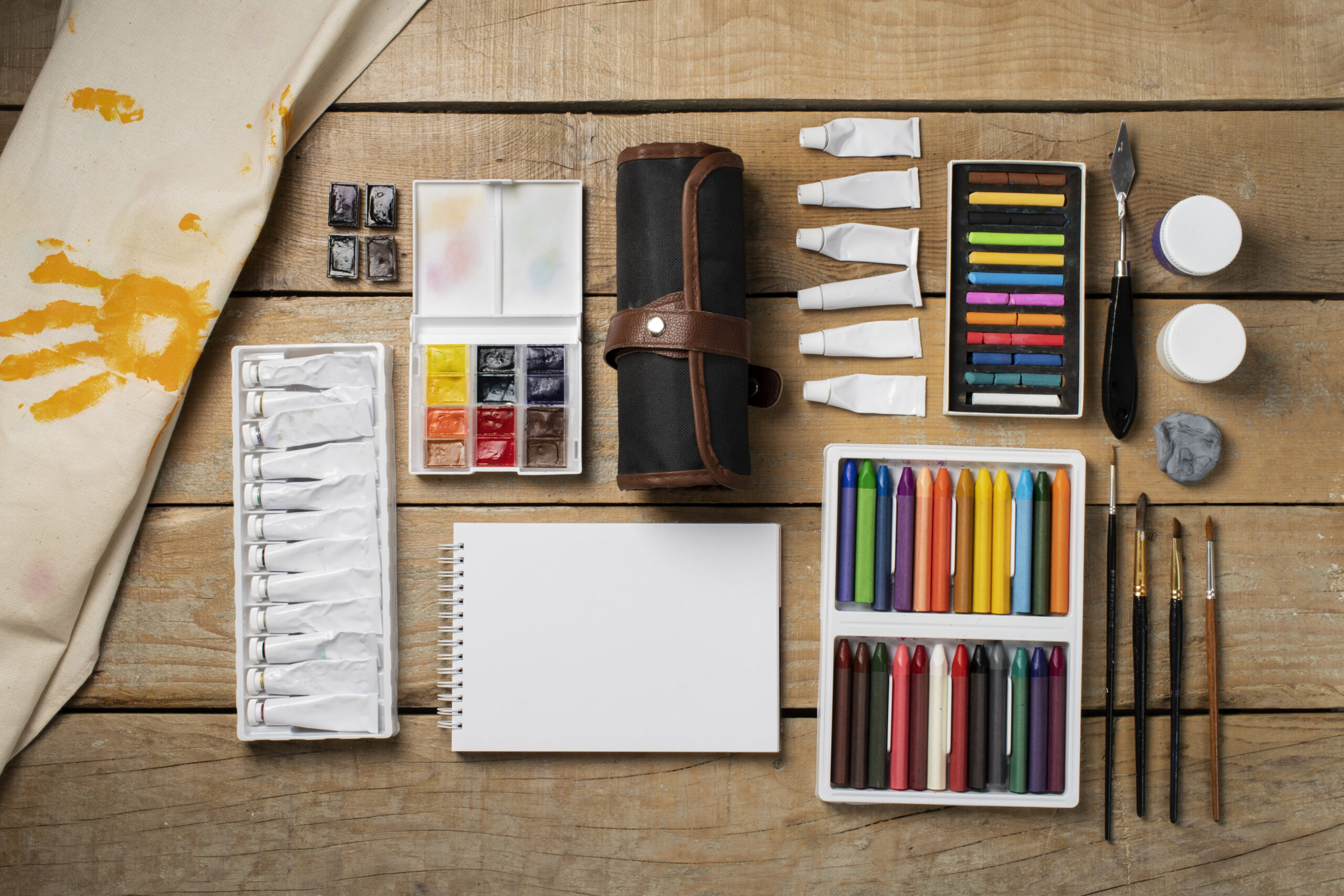

In between watercolor and acrylic lies a vibrant, velvety medium that often flies under the radar: gouache (pronounced gwash). Used by illustrators, designers, and painters alike, gouache offers the best of both worlds — the fluidity of watercolor and the opacity of acrylic.
So what makes gouache special?
1. It’s forgiving.
Made a mistake? Wait a minute and paint over it. Gouache dries matte and opaque, so you can easily layer corrections — ideal for experimenting.
2. It’s vibrant.
Thanks to its high pigment load, gouache produces bold, rich colors that pop off the page. It’s a favorite among illustrators for exactly this reason.
3. It loves paper.
Unlike heavy acrylics or oils, gouache works best on heavyweight paper — even thick sketchbook pages are often enough. No need for canvas or priming.
4. Rewettable magic.
Like watercolor, gouache can be reactivated with water after drying, which makes it super reusable. Leftover paint on your palette? No problem — spritz and go!
Tips for Beginners:
Start with a limited color palette — primaries, black and white — and mix your own shades.
Use less water than with watercolor, but don’t go dry-brush unless you want a chalky effect.
Try painting small pieces to get a feel for how it dries and layers.
Once you start playing with gouache, it’s hard to stop. It’s fast-drying, portable, and endlessly fun. If you haven’t given it a shot yet, this is your sign.



🎨 Valid on all items 🛒 No minimum purchase 📅 Limited time only